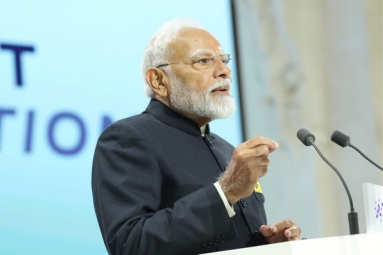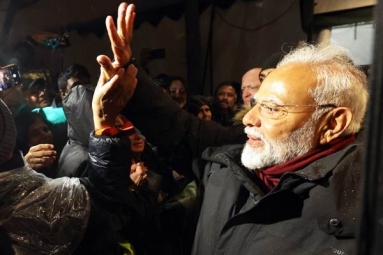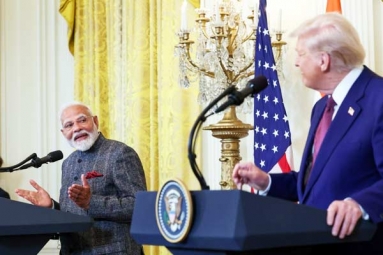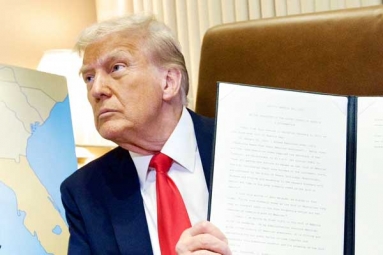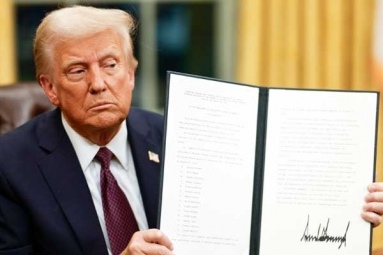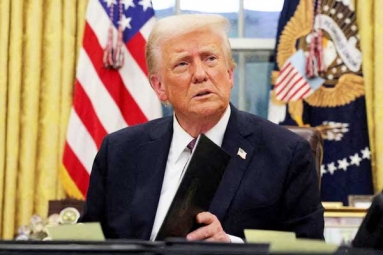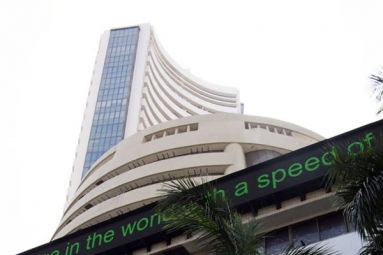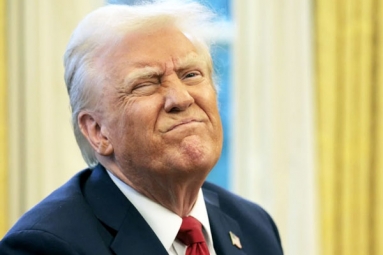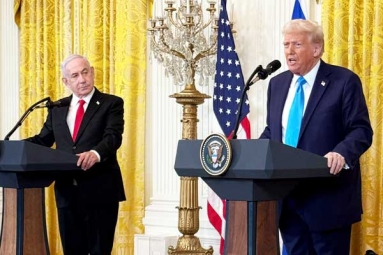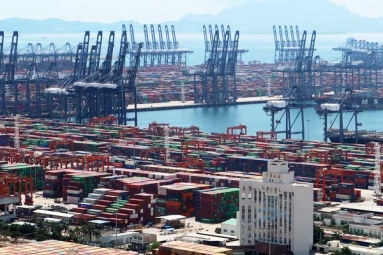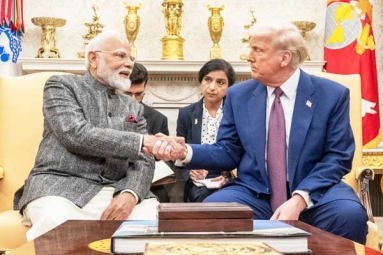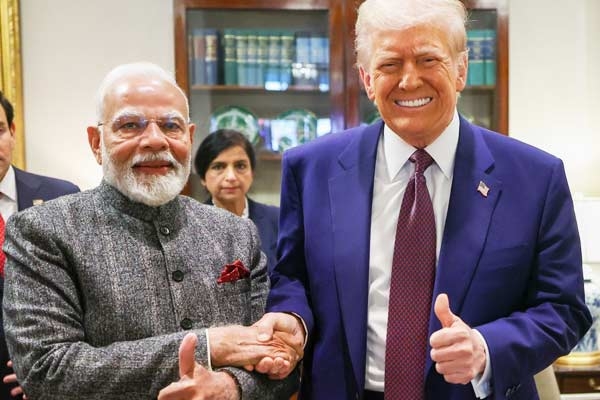
(Image source from: x.com/PMOIndia)
With a focus on energy security, Prime Minister Narendra Modi and President Donald Trump have expressed their support for nuclear energy. Following their discussions at the White House on Thursday, they reiterated their intention to collaborate on American-designed nuclear reactors in India by enhancing localization efforts and considering possible technology transfers. Since the historic India-US Civilian Nuclear Deal was established in 2008, progress on negotiations has stalled. No new American nuclear reactors have been established in India during the 21st century. In an effort to break this deadlock, the leaders have indicated their willingness to pursue not just large reactors but also advanced small modular reactors in India. A significant obstacle has been India's nuclear liability framework, which has created challenges for American nuclear providers. In their joint declaration today, PM Modi and Trump expressed support for the Budget 2025 proposals aimed at revising the Atomic Energy Act and the Civil Liability for Nuclear Damage Act (CLNDA) concerning nuclear reactors.
The statement indicated that the two leaders also agreed to create bilateral arrangements according to CLNDA, intended to tackle civil liability issues and promote cooperation between Indian and US industries in the development and implementation of nuclear reactors. Notably, the National Democratic Alliance (NDA), during its opposition phase in 2010 under Prime Minister Manmohan Singh, ensured the inclusion of "people-friendly" clauses in the CLNDA. Now, it remains to be seen how the proposed amendments will align the interests of both American and Indian stakeholders. Meanwhile, Russia has continued its work on additional reactors in Kudankulam, Tamil Nadu, proceeding with the project despite India's new nuclear liability regulations. This newfound collaboration between the leaders could pave the way for American suppliers to establish reactors in India. Westinghouse Electric Company has been in talks to provide AP 1000 nuclear reactors to India, and New Delhi has identified a Greenfield location for these large passively cooled reactors.
The Indian government and Westinghouse are also negotiating a venture to construct six 1,000-MW nuclear reactors in Kovvada, Andhra Pradesh. Additionally, there is potential for the small and modular nuclear reactors that have recently gained popularity. During his conversation with US Security Advisor Michael Waltz, PM Modi emphasized industrial collaboration and civil nuclear energy, particularly highlighting small modular reactors. PM Modi and Trump stated that a strengthened civil nuclear partnership would facilitate the establishment of large US-designed reactors and support joint efforts to develop, implement, and expand nuclear energy generation with advanced small modular reactors. Concluding the Prime Minister's visit to the US, Foreign Secretary Vikram Misri mentioned an agreement aimed at unlocking the potential of civil nuclear power, advancing the construction of US-designed reactors in India, and furthering this initiative through extensive localization and technology transfer.
The two nations have engaged in discussions for a while regarding collaboration in small modular reactors, a topic that was highlighted again today. The challenges that hindered this partnership in earlier years, primarily due to certain legal regulations in India, are beginning to be resolved. You may have seen the announcements made in the budget concerning this matter, and we believe that advancements on these fronts will help us fulfill the potential for collaboration between India and the United States in this crucial sector, he stated. This improved relationship comes in light of Finance Minister Nirmala Sitharaman's Budget announcement about establishing a new 'Nuclear Energy Mission for Viksit Bharat' and advocating for legal amendments to support this growth. In her address, Ms. Sitharaman mentioned that achieving a target of at least 100 GW of nuclear energy by the year 2047 is "vital for our transition to sustainable energy."
“To foster an effective collaboration with the private sector toward this objective, revisions to the Atomic Energy Act and the Civil Liability for Nuclear Damage Act will be pursued,” she noted. India possesses comprehensive capabilities in nuclear technology, ranging from uranium extraction to the construction of nuclear power facilities and the reprocessing of nuclear fuel. Nevertheless, there is a scarcity of uranium resources. Nuclear energy is seen as the sole sustainable option with nearly zero carbon emissions for providing base load electricity, prompting many nations to turn to nuclear energy as a means to address climate change while increasing electricity production. Ms. Sitharaman also mentioned that a 'Nuclear Energy Mission for the research and development of Small Modular Reactors (SMR)' will be initiated with a budget of Rs 20,000 crore. She indicated that at least five domestically developed SMRs will be operational by 2033, during her presentation of the eighth consecutive budget.
Earlier, Dr. AK Mohanty, the chairman of the Atomic Energy Commission, expressed to NDTV that reaching 100 GW by 2047 is “quite feasible” as India currently possesses the necessary technical expertise. "However, securing land and the right fuel for atomic energy might pose challenges. The private sector can contribute to increasing capacity by establishing dedicated atomic facilities, particularly small modular reactors," he explained. As per the Department of Atomic Energy, India has thus far set up a nuclear power capacity of 8,180 MW, and there are currently 24 reactors in operation. Among these, 20 are Pressurized Heavy Water Reactors (PHWRs) and four are Light Water Reactors (LWRs). Given India's substantial energy consumption, there is now a keen interest in nuclear power due to its low carbon emissions as a base power generation source.






